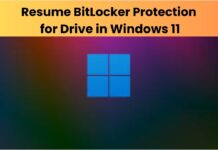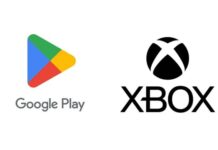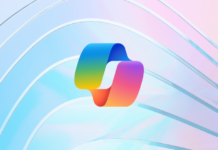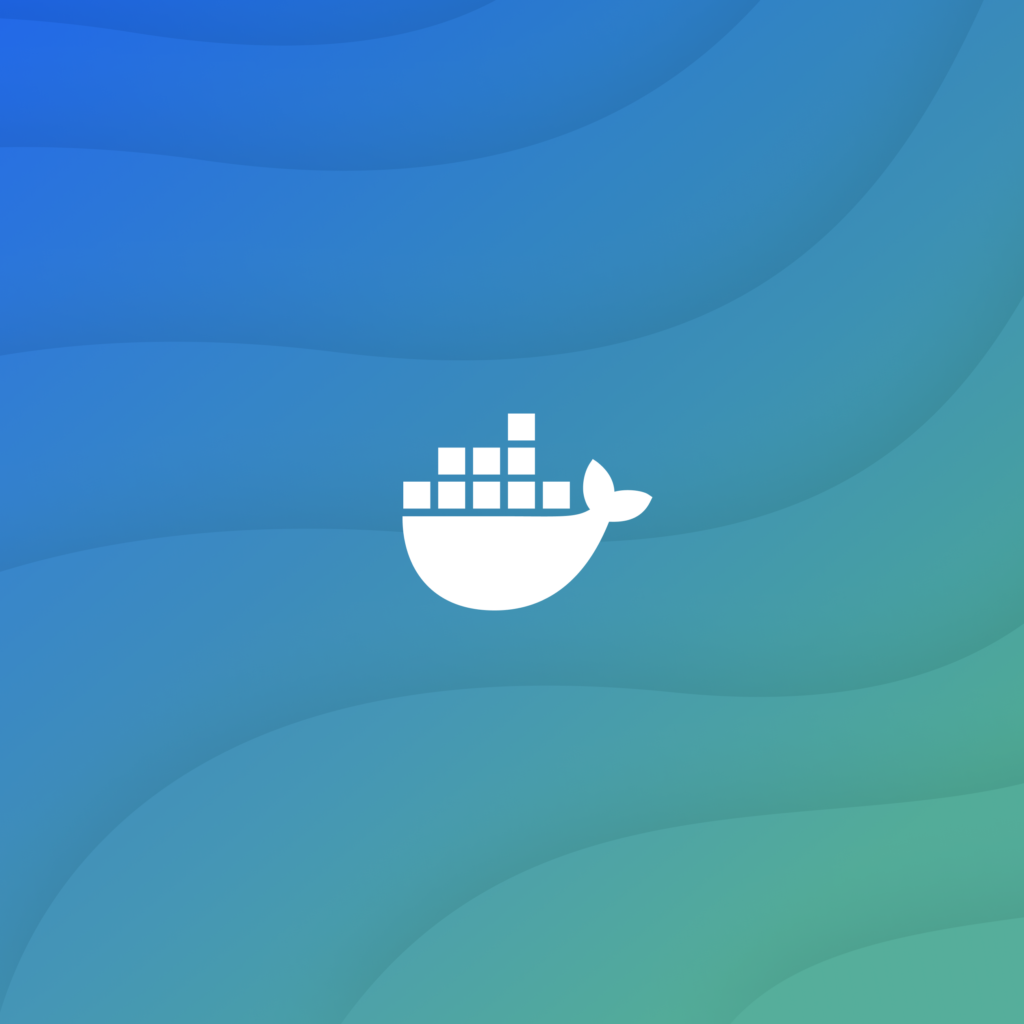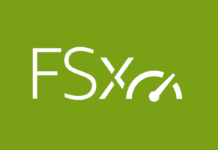Containers may seem like a modern innovation, but their roots stretch back to the 1970s when Unix systems first utilized container-like concepts to isolate applications. Fast forward to 2013, Docker transformed this idea by launching a portable and user-friendly container platform, which led to widespread adoption. In 2015, Docker played a pivotal role in forming the Open Container Initiative (OCI) to promote open standards within the container ecosystem. Thanks to OCI’s stability, container technology proliferated throughout the tech industry.
While Docker Desktop is the leading tool for creating containerized applications, several misconceptions surround Docker. This article aims to dispel the top Docker myths and highlight the technology’s capabilities and benefits.
Myth #1: Docker is no longer open source
Docker comprises multiple components, most of which remain open source. The core Docker Engine is open source and is licensed under the Apache 2.0 license, allowing developers to use and contribute to it freely. Other essential parts of the Docker ecosystem, such as the Docker CLI and Docker Compose, are also open source. This openness enables the community to maintain transparency, contribute improvements, and customize their container solutions.
Docker’s commitment to open source is best illustrated by the Moby Project. Initiated in 2017, Moby was separated from the then-monolithic Docker codebase to provide a set of “building blocks” to create containerized solutions and platforms. Docker uses the Moby project for the free Docker Engine project and its commercial Docker Desktop.
Users can also find Trusted Open Source Content on Docker Hub. These Docker-Sponsored Open Source and Docker Official Images offer reliable versions of open source projects, serving as foundational building blocks for better development.
Docker remains a crucial contributor to the OCI, which defines container standards. This initiative ensures that Docker and other container technologies remain interoperable and uphold open source principles.
Myth #2: Docker containers are virtual machines
Docker containers are often confused with virtual machines (VMs), but they operate quite differently. Unlike VMs, Docker containers do not include an entire operating system (OS). Instead, they share the host OS kernel, making them more lightweight and efficient. VMs require a hypervisor to create virtual hardware for the guest OS, which introduces significant overhead. Docker only packages the application and its dependencies, resulting in faster startup times and minimal performance overhead.
By efficiently using the host OS resources, Docker containers consume fewer resources overall compared to VMs, which need substantial resources to run multiple operating systems concurrently. Docker’s architecture allows numerous isolated applications to run on a single host, optimizing infrastructure and development workflows. Understanding this distinction is crucial for leveraging Docker’s lightweight and scalable potential.
However, when running on non-Linux systems, Docker needs to emulate a Linux environment. For instance, Docker Desktop uses a fully managed VM to provide a consistent experience across Windows, Mac, and Linux by running its Linux components inside this VM.
Myth #3: Docker Engine vs. Docker Desktop vs. Docker Enterprise Edition — They’re all the same
Considerable confusion surrounds the different Docker options available, which include:
- Mirantis Container Runtime: Docker Enterprise Edition (Docker EE) was sold to Mirantis in 2019 and rebranded as Mirantis Container Runtime. This software, managed and sold by Mirantis, is designed for production container deployments and offers a lightweight alternative to existing orchestration tools.
- Docker Engine: This is the fully open source version built from the Moby Project, providing the Docker Engine and CLI.
- Docker Desktop: This commercial offering, sold by Docker, combines Docker Engine with additional features to enhance developer productivity. The Docker Business subscription includes advanced security and governance features for enterprises.
All these variants are OCI-compliant, differing mainly in features and experiences. Docker Engine caters to the open-source community, Docker Desktop enhances developer workflows with a comprehensive suite of tools for building and scaling applications, and Mirantis Container Runtime provides a specialized solution for enterprise production environments with advanced management and support. Understanding these distinctions is crucial for selecting the appropriate Docker variant to meet specific project requirements and organizational goals.
Myth #4: Docker is the same thing as Kubernetes
This myth arises because both Docker and Kubernetes are associated with containerized environments. However, they serve different roles.
Kubernetes (K8s) is an orchestration system for managing container instances at scale. This tool automates the deployment, scaling, and operations of multiple containers across clusters of hosts. Other orchestration technologies include Nomad, serverless frameworks, Docker’s Swarm mode, and Apache Mesos. Each offers different features for managing containerized workloads.
Docker is primarily a platform for developing, shipping, and running containerized applications. It focuses on packaging applications and their dependencies in a portable container and is often used for local development where scaling is not required. Docker Desktop includes Docker Compose, which is designed to orchestrate multi-container deployments locally.
In many organizations, Docker is used to develop applications, and the resulting Docker images are then deployed to Kubernetes for production. To support this workflow, Docker Desktop includes an embedded Kubernetes installation and the Compose Bridge tool for translating Compose format into Kubernetes-friendly code.
Myth #5: Docker is not secure
The belief that Docker is not secure often stems from misunderstandings about how security is implemented within Docker. To reduce security vulnerabilities and minimize the attack surface, Docker offers the following measures:
Opt-in security configuration
Except for a few components, Docker operates on an opt-in basis for security. This approach removes friction for new users but means Docker can still be configured to be more secure for enterprise considerations and for security-conscious users with sensitive data.
“Rootless” mode capabilities
Docker Engine can run in rootless mode, where the Docker daemon operates without root permissions. This capability reduces the potential impact of malicious code escaping a container and gaining root permissions on the host. Docker Desktop enhances this security further by offering Enhanced Container Isolation (ECI), which provides advanced isolation features beyond what rootless mode can offer.
Built-in security features
Additionally, Docker security includes built-in features such as namespaces, control groups (cgroups), and seccomp profiles that provide isolation and limit the capabilities of containers.
SOC 2 Type 2 Attestation and ISO 27001 Certification
It’s important to note that, as an open-source tool, Docker Engine is not in scope for SOC 2 Type 2 Attestation or ISO 27001 Certification. These certifications pertain to Docker, Inc.’s paid products, which offer additional enterprise-grade security and compliance features. These paid features, outlined in a Docker security blog post, focus on enhancing security and simplifying compliance for SOC 2, ISO 27001, FedRAMP, and other standards.
Along with these security measures, Docker also provides best practices in the Docker documentation and training materials to help users learn how to secure their containers effectively. Recognizing and implementing these features reduces security risks and ensures that Docker can be a secure platform for containerized applications.
Myth #6: Docker is dead
This myth stems from the rapid growth and changes within the container ecosystem over the past decade. To keep pace with these changes, Docker is actively developed and widely adopted. In fact, the Stack Overflow community chose Docker as the most-used and most-desired developer tool in the 2024 Developer Survey for the second year in a row and recognized it as the most-admired developer tool.
Docker Hub is one of the world’s largest repositories of container images. According to the 2024 Docker State of Application Development Report, tools like Docker Desktop, Docker Scout, Docker Build Cloud, and Docker Debug are integral to more than two-thirds of container development workflows. As a founding member of the OCI and steward of the Moby project, Docker continues to play a guiding role in containerization.
In the automation space, Docker is crucial for building OCI images and creating lightweight runners for build queues. With the rise of data science and AI/ML, Docker images facilitate the exchange of models, notebooks, and applications, supported by GPU workload capabilities in Docker Desktop. Additionally, Docker is widely used for quickly and cost-effectively mocking up test scenarios as an alternative to deploying actual hardware or VMs.
Myth #7: Docker is hard to learn
The belief that Docker is difficult to learn often comes from the perceived complexity of container concepts and Docker’s many features. However, Docker is a foundational technology used by more than 20 million developers worldwide, and countless resources are available to make learning Docker accessible.
Docker, Inc. is committed to the developer experience, creating intuitive and user-friendly product design for Docker Desktop and supporting products. Documentation, workshops, training, and examples are accessible through Docker Desktop, the Docker website and blog, and the Docker Navigator newsletter. Additionally, the Docker documentation site offers comprehensive guides and learning paths, and Udemy courses co-produced with Docker help new users understand containerization and Docker usage.
The thriving Docker community also contributes a wealth of content and resources, including video tutorials, how-tos, and in-person talks.
Myth #8: Docker and container technology are only for developers
The idea that Docker is only for developers is a common misconception. Docker and containers are used across various fields beyond development. Docker Desktop’s ability to run containerized workloads on Windows, macOS, or Linux requires minimal technical knowledge from users. Its integration features — synchronized host filesystems, network proxy support, air-gapped containers, and resource controls — ensure administrators can enforce governance and security.
- Data science: Docker provides consistent environments, enabling data scientists to share models, datasets, and development setups seamlessly.
- Healthcare: Docker deploys scalable applications for managing patient data and running simulations, such as medical imaging software across different hospital systems.
- Education: Educators and students use Docker to create reproducible research environments, which facilitate collaboration and simplify coding project setups.
Docker’s versatility extends beyond development, providing consistent, scalable, and secure environments for various applications.
Myth #9: Docker Desktop is just a GUI
The myth that Docker Desktop is merely a graphical user interface (GUI) overlooks its extensive features designed to enhance developer experience, streamline container management, and accelerate productivity, such as:
Cross-platform support
Docker is Linux-based, but most developer workstations run Windows or macOS. Docker Desktop enables these platforms to run Docker tooling inside a fully managed VM integrated with the host system’s networking, filesystem, and resources.
Developer tools
Docker Desktop includes built-in Kubernetes, Docker Scout for supply chain management, Docker Build Cloud for faster builds, and Docker Debug for container debugging.
Security and governance
For administrators, Docker Desktop offers Registry Access Management and Image Access Management, Enhanced Container Isolation, single sign-on (SSO) for authorization, and Settings Management, making it an essential tool for enterprise deployment and management.
Myth #10: Docker containers are for microservices only
Although Docker containers are popular for microservices architectures, they can be used for any type of application. For example, monolithic applications can be containerized, allowing them and their dependencies to be isolated into a versioned image that can run across different environments. This approach enables gradual refactoring into microservices if desired.
Additionally, Docker is excellent for rapid prototyping, allowing quick deployment of minimum viable products (MVPs). Containerized prototypes are easier to manage and refactor compared to those deployed on VMs or bare metal.
Now you know
Now that you have the facts, it’s clear that adopting Docker can significantly enhance productivity, scalability, and security for a variety of use cases. Docker’s versatility, combined with extensive learning resources and robust security features, makes it an indispensable tool in modern software development and deployment.
For more detailed insights, refer to the 2024 Docker State of Application Development Report or dive into Docker Desktop now to start your Docker journey today.
Learn more
For more comprehensive guides and resources, you can explore the Docker website, blog, and documentation. These platforms provide extensive information to help you maximize the benefits of using Docker in your projects.
For more Information, Refer to this article.



